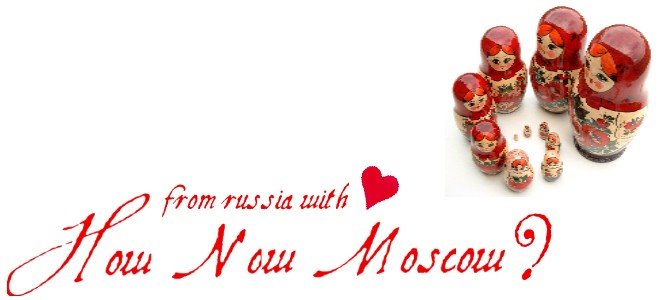Discover Moscow and how to uncover this jewel-of-a-city!
Fast Facts
Moscow is the political and economic capital of the Russian Federation. It is home to about 7% of Russia's population, about 10.4 million inhabitants, and ranked, in 2006, as the most expensive city in the world. The city sits beside the Moskva River, the presence of which reinforced the city's position as a center of transportation and commerce throughout its long history. Yet, Moscow is also the religious and cultural capital of a vast country: the Patriarch of Moscow, residing at the Danilov Monastery, is the head of the Roman Orthodox Church, and Moscow is also home to such landmarks as the Kremlin, Red Square, and St Basil's Cathedral.
An Eye for History
Moscow is one of the oldest and most impressive cities in Europe. It dates back to around 1147, when it is first mentioned in historical records. It became the center of Russia's political power around 1480, when Czar Ivan III ended the control of the Tartars. At the beginning of the 20th century, Moscow was also the center of the Russian Revolution of 1917, which eventually saw the overthrow of Czar Nicholas II, the dissolution of Russia's parliament, the Duma; the creation and the destruction of the Soviet state.
Out and About
One of the most compelling activities in any city like Moscow is to wander the streets and soak up the atmosphere. Of course, there are also plenty of places on the 'to see list', that you cannot easily pass up either.
The must-sees are:
1. The Kremlin
Perhaps the centerpiece of Moscow, the Kremlin has sat at the heart of some of the most famous events in Moscow's history. A fortress, it has been the target of enemy guns; a palace, it has hosted many a royal and elaborated celebration; a center of government, it has been the focus of revolts and revolutions. The magnificent building is also a museum, housing the greatest treasures of the Russian Czars in its many chambers and cathedrals. Easily reached by public transport from most of the main areas of the city, no trip to Moscow is complete without a look in here.
2. Red Square
Like its neighbor, the Red Square of Moscow is one of the most recognizable sites in Russia; a signature view presented in the media. Also like the Kremlin, Red Square has witnessed more than its share of history over the years. Separating the Kremlin from the historic merchant's quarter of Moscow known as Kitai-gorod, Red Square emerged some time during the 15th century as an open space or "burnt-out space", designed to protect the wooden buildings of Moscow from fires. Eventually, the square emerged as a marketplace, the principle marketplace of Russia, and the center of the country, as transport network established around it, going out in every direction. To brush up on your Russian, note this little known fact about Red Square. Its name has noting to do with either its red squares or Communism. The name, Red Square, in Russia is Krasnaya ploshchad. Krasnaya can either mean 'red' or 'beautiful'. The square was originally named Krasnaya ploshchad in around the 17th century to translate as "Beautiful Square".
Other highlights include:
1. St Basil's Cathedral
A 16th century stone church, St Basil's Cathedral was built on the orders of Ivan the Terrible. To commemorate a military victory, Ivan the Terrible ordered the construction of seven wooden temples on Moscow's Red Square. Between 1555 and 1561 the stone structure of St Basil's was constructed to commemorate the same Russian victory. Another of Moscow's best known landmarks, both the interior and exterior of St Basil's are interesting and worth a look in.
2. The Bolshoi Theatre
In the aptly named Theater's Square is the classically-styled Bolshoi, the second largest theater in the world. Performances here are spectacular as standard. Not to be missed. For performances, seating, prices, etc, please visit: http://www.moscowcity.com/theatres.htm.
3. Mausoleum
The Mausoleum, as the name indicates, is a monument-tomb, housing the body of Lenin, the leader of the 1917 Bolshevik Revolution. The current stone mausoleum was constructed in 1930, to replace the original temporary tomb, constructed in January, 1924.
4. State Tretyakov Gallery
The State Tretyakov Gallery is the national museum of Russian fine arts. The collection includes works from the 10th to the 20th century, bearing the name of its founder, Pavel Tretyakov. An amazing collection, you need time to enjoy this national collection so take a day if you can.
Subscribe to:
Post Comments (Atom)

No comments:
Post a Comment